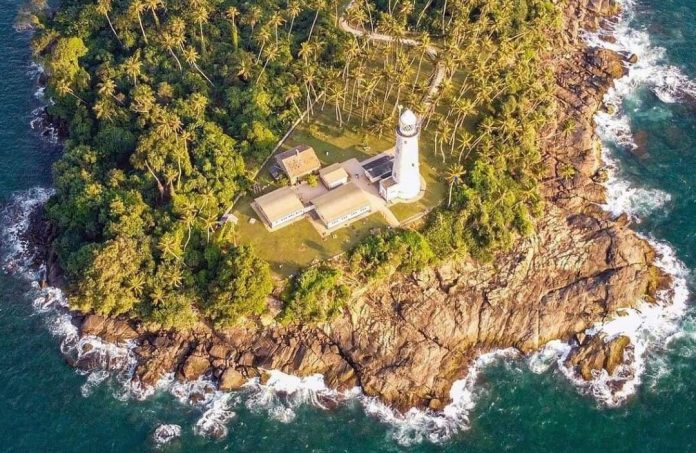We’ll dig into the interesting world of lighthouses in Sri Lanka in this extensive guide. We’ll examine how these towering beacons have endured the test of time, leading sailors and ships across the glistening seas around this magnificent island country, from their historical importance to their crucial function in nautical navigation. Come along on this enlightening adventure as we explore the history, mysteries, and beauty of Sri Lanka’s lighthouses.

The Role of Lighthouses in Sri Lanka
Sri Lanka known as the “Pearl of the Indian Ocean”, is a country of stunning natural beauty, rich cultural history, and a long and illustrious maritime past. Sri Lanka has long been a popular destination for sailors, traders, and explorers because of its pristine beaches and green scenery.
Sri Lanka’s lighthouses have been playing a significant role in ensuring safe passage for sailors visiting or passing through this beautiful landscape for ages. This article embarks on a journey to investigate the past, significance, and mystery of these marine sentinels.
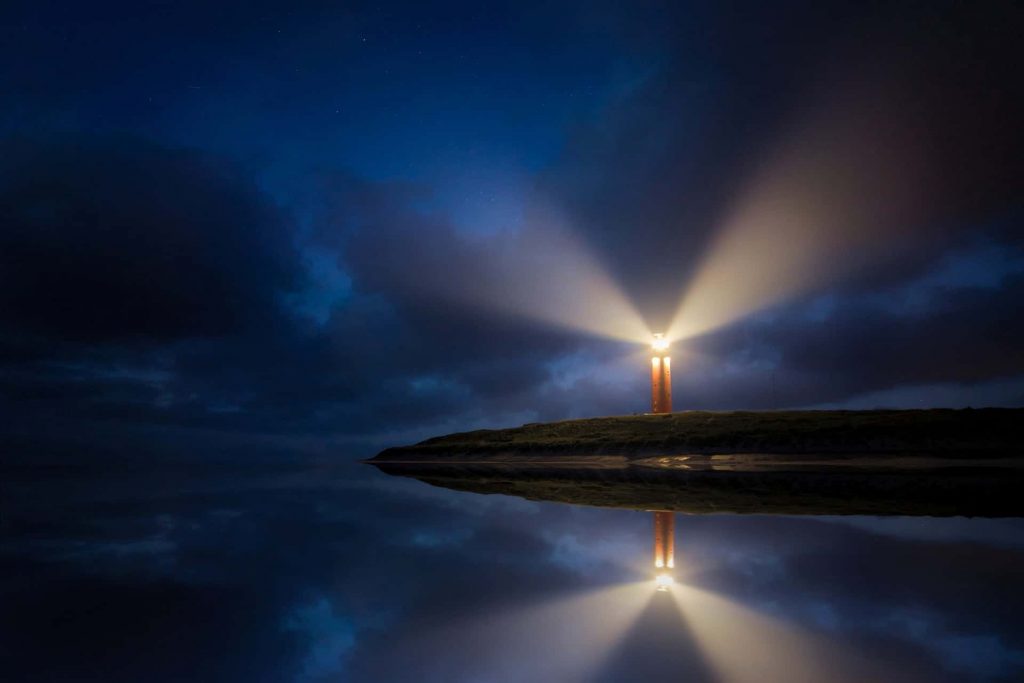
Historical Perspective
Early Sri Lanka Lighthouses
Sri Lanka’s lighthouse history can be traced back to ancient times. The island’s strategic location along the Silk Road made it an important maritime hub and early lighthouses were constructed to aid traders and sailors. These early structures were simple, often using fire or oil lamps as their source of light.
Dutch and British Influence
The colonial era marked a significant turning point in developing lighthouses in Sri Lanka. The Dutch, who ruled parts of Sri Lanka in the 17th century, left a lasting legacy with the construction of the iconic Galle Lighthouse. Later, during British rule, more lighthouses were built, combining functional design with architectural elegance.
The Galle Lighthouse: A Colonial Relic
The Galle Lighthouse, perched on the fort’s walls, is a testament to Dutch engineering and their commitment to maritime safety. It stands as a silent sentinel, overlooking the Indian Ocean, and is a must-visit for anyone interested in Sri Lanka’s maritime history.
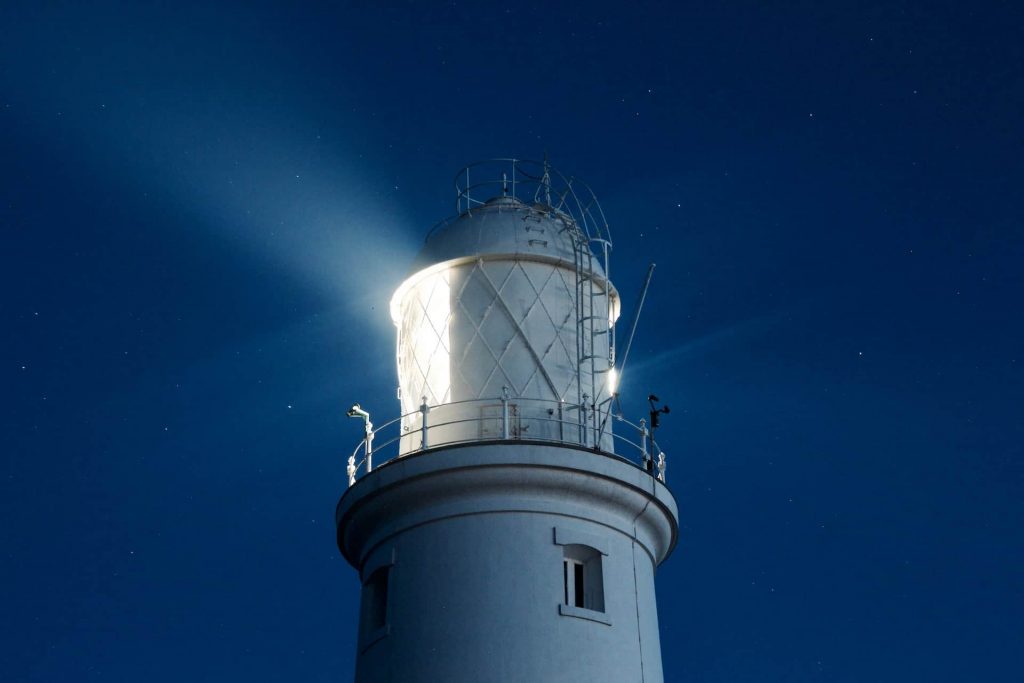
Iconic Lighthouses in Sri Lanka
Dondra Lighthouse
The Dondra Lighthouse is located at the place called Dondra Point at Sri Lanka’s southernmost tip. This is the highest lighthouse in Sri Lanka as well as one of the highest lighthouses in South Asia, standing at 54 meters (161 ft).
The tower’s headlamp emits a brilliant white light and It rotates once every five seconds. As a result, any ship or boat within 28 nautical miles of the island’s south shore will see this light every 5 seconds.
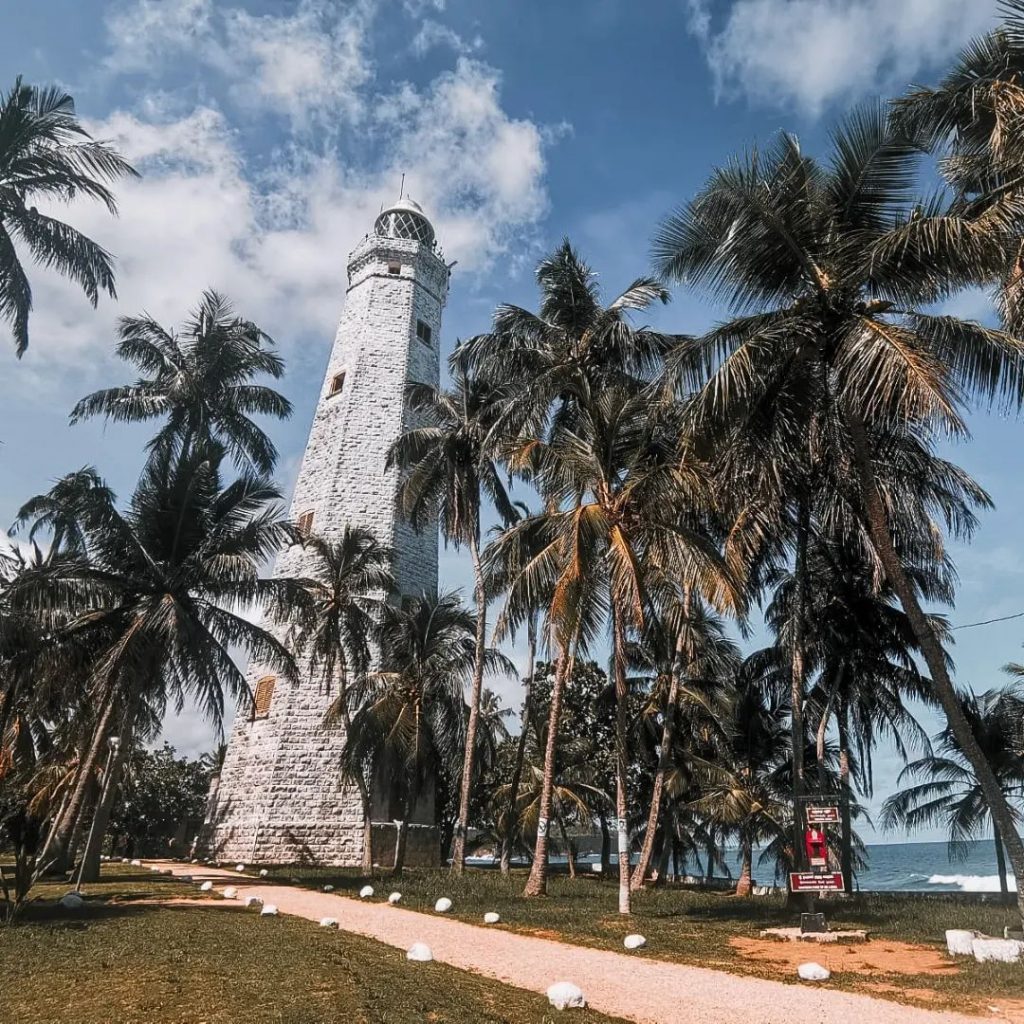
The architect of this was Sir James Nicholas Douglas, a well-known British civil engineer. The work of the Dondra lighthouse was completed by Mr. William Douglas in the year 1890 Under the supervision of his brother James Nicholas Douglas, a member of the Imperial Lighthouse Service.
The quarries in Cornwall and Scotland supplied the white marble required to construct the octagonal tower. this tower is a good testimony to the royal pride the British left behind after leaving the island.
Anyone can visit the Dondra lighthouse, however entering the tower inside or top requires authorization from the Port Authority. When you reach the top of the tower, you will see such a breathtaking view that you will not think to return.
The Ocean that cannot be seen at the limit, ships, and boats that look like white spots and can be seen anywhere in the ocean, the golden shoreline, the strong sea breeze, and the noise all combine to create an unusual experience. Dondra Lighthouse is one of five globally prominent lighthouses in Sri Lanka.
Great Basses and Little BassesLighthouses
The Great Basses and Little Basses Reef lighthouses are located approximately 13 kilometers from the Yala National Park‘s boundary and are erected on a rock reef in the sea. The distance between these two lighthouses is not great, yet both towers are erected on top of two large rock reefs in the ocean, giving the impression that they were built in the midst of the deep sea when viewed from the shore. Sir James Douglas, who created the Dondra Lighthouse, also designed these magnificent lighthouses, and his brother, Mr. William Douglas, oversaw construction.
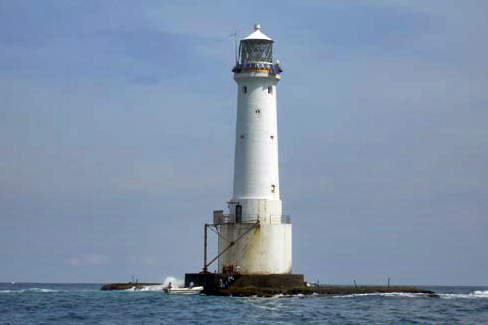
The first Great Basses Lighthouse was established in 1873, and the Little Basses Lighthouse was completed five years later. Both are constructed in a region of the southern sea called a diver’s paradise. This rock is renowned as the “Garden of Eden” because it is surrounded by a fantastic underwater habitat. A stunning coral reef, gorgeous aquatic life, white beaches, and sunken shipwrecks may be found beneath the surface’s tumultuous waves.
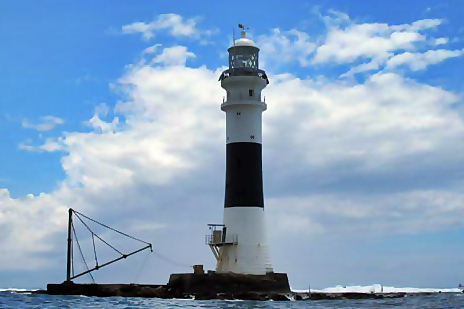
In 1961, a team of divers led by Mr. Sir Arthur C. Clarke discovered the wreckage of a previously unknown ship at the bottom of the sea near the Great Basses lighthouse tower. It is stated that there were numerous bags full of silver money in them. The owner of these coins is thought to be Aurangzeb, the monarch of the Mughal Empire from 1658 until 1707.
He then published the book “Treasure of the Great Reef” based on this extraordinary occurrence.
Both the Great Basses and Little Basses lighthouses are still operational. Although the foundation was significantly affected by the 2004 tsunami, there have been no difficulties so far.
Beruwala (barbarian) Lighthouse
The Barberyn lighthouse is located on the island of Barberyn in the Beruwala region. As a result, you must go by boat for around 10 minutes to reach here. This bright yellow tower in the distance is built on a rock reef along the coast that has been eroded by seawater for hundreds of years. Baberi Island, an isolated tiny island distant from the main island, is a natural sanctuary free of noise.
This island is covered with coconut trees and other tree foliage. The white tower that sticks out from the middle of the lone green island in the distance may be seen from the boat as you approach. Despite its age, the Beruwala lighthouse is still in excellent shape.
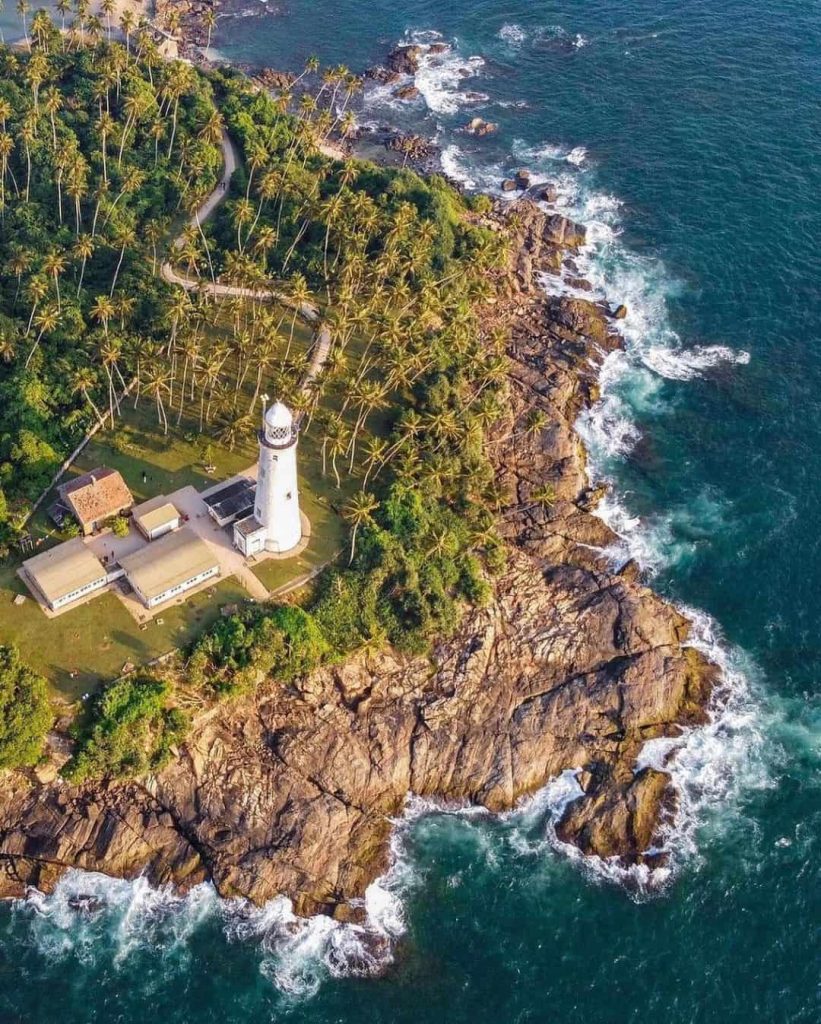
The British government created this stunning lighthouse, which stands 110 feet tall and has yellow stone side walls. The British government maintained and upkeep it until 1972 when the royal lighthouse service was discontinued. Even the side windows added in 1928 are still in excellent condition.
The British erected a stone cottage at the base of the main tower for the watchmen. Some of the British equipment utilized at the time still be found in this building. Barberyn Lighthouse is a must-see for everyone who appreciates historical architecture, and the experience is one of something unique.
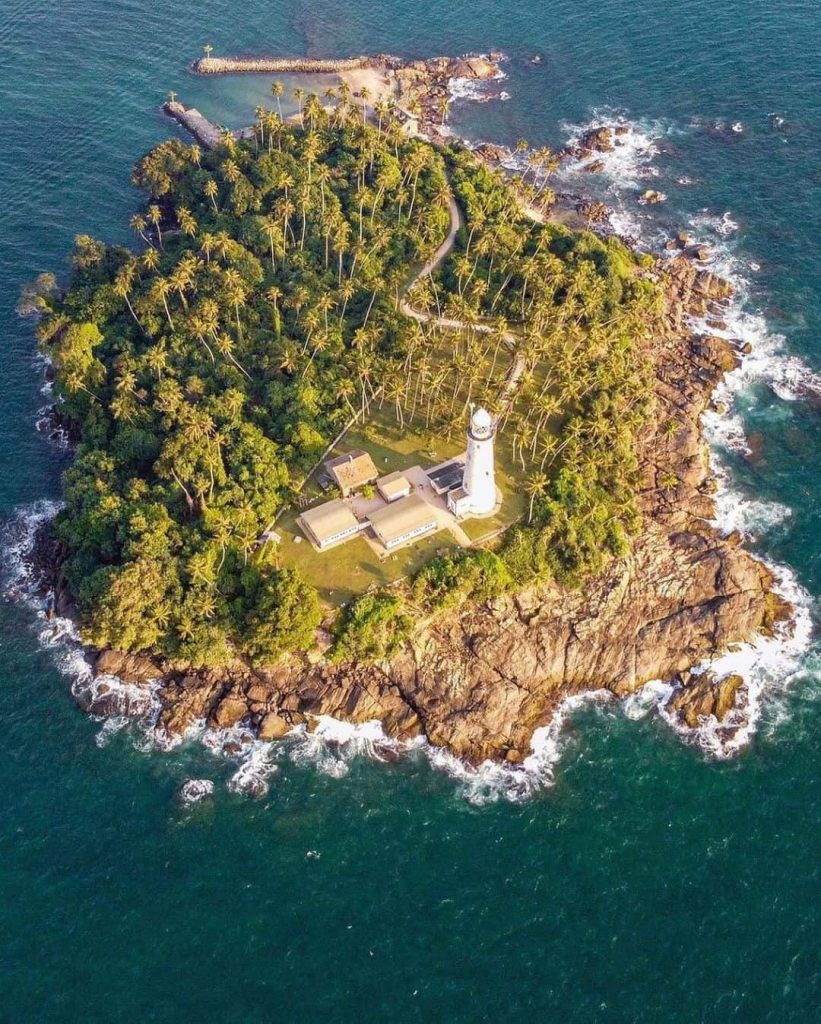
Galle Lighthouse
Galle Lighthouse, or “Pointe de Galle Light” as it was once known, is a renowned tourist attraction located in Galle Dutch Fort. Hundreds of visitors visit the Galle Dutch Fort and see this lighthouse almost every day of the year. This is the oldest operational lighthouse in Sri Lanka, having been established in 1848.

Unfortunately, the original tower was destroyed by fire in 1936. Today, There you can see the reconstructed tower in 1940. There is one and only surviving image of the first Galle lighthouse in the British public library at Galle Fort.
Navigational Significance
Guiding Ships to Safety
The primary purpose of lighthouses is to guide ships safely along the coastline. Their powerful beams of light cut through the darkness, alerting sailors to hazards and helping them navigate the waters.
Lighthouses in Modern Navigation
While technology has advanced, lighthouses remain relevant. They complement modern navigational aids, providing a reassuring visual reference for mariners, especially during adverse weather conditions.
Conclusion
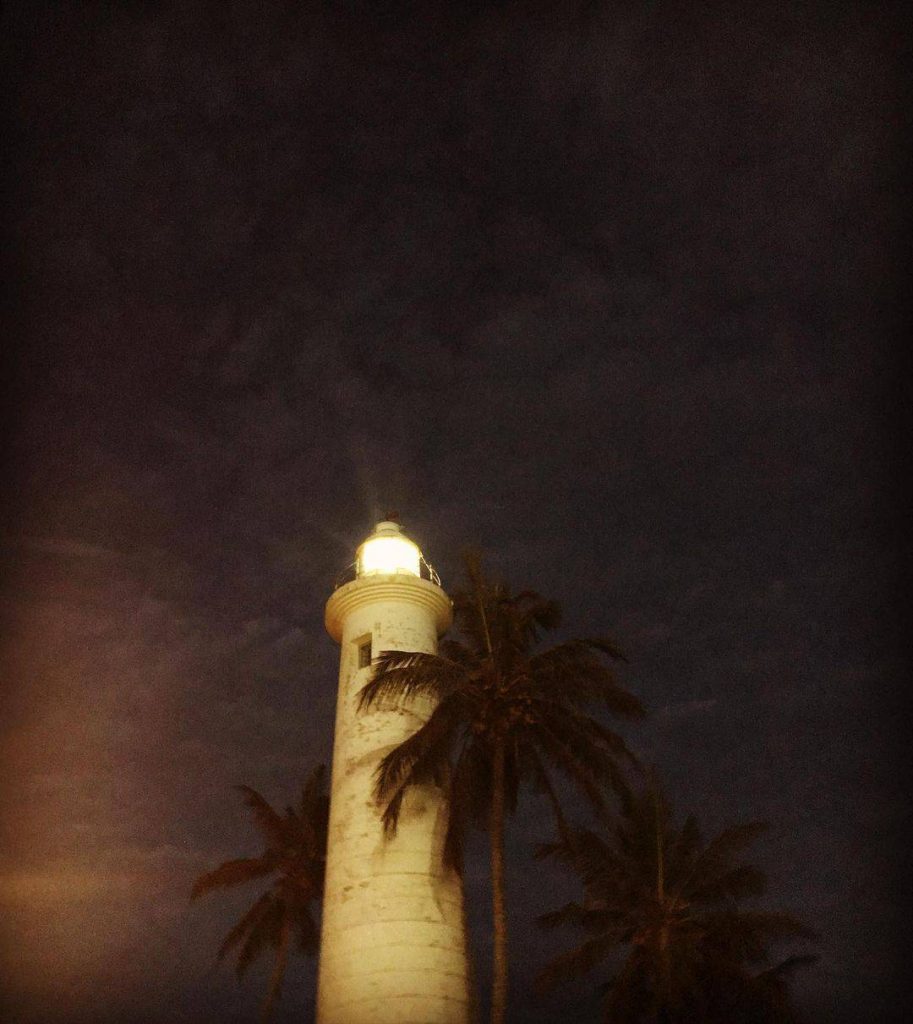
In a world dominated by GPS and satellite navigation, the enduring presence of lighthouses in Sri Lanka is a testament to their historical significance and unwavering dedication to guiding sailors safely to shore. These beacons of light not only illuminate the coastline but also the hearts of those who visit them. As you explore Sri Lanka’s lighthouses, you’ll discover a captivating blend of history, culture, and natural beauty, all intertwined in the legacy of these maritime sentinels.
FAQs
- How tall is the Dondra Head Lighthouse?
The Dondra Head Lighthouse stands at an impressive height of 54 meters.
- Are there any haunted lighthouses in Sri Lanka?
Yes, some lighthouses such as the Galle Lighthouse, are said to be haunted, and there have been reports of ghostly sightings.
- Can you climb the Colombo Lighthouse?
Unfortunately, the Colombo Lighthouse is not open for public climbing due to safety reasons. However, you can still admire it from the outside.
- What is the best time to visit Sri Lanka lighthouses?
The best time to visit Sri Lanka’s lighthouses is during the dry season, which typically runs from December to March when the weather is pleasant and the seas are calm.
- Are there guided tours available for lighthouses?
Yes, many lighthouses in Sri Lanka offer guided tours, allowing visitors to learn about their history and significance. Be sure to check with local authorities or tour operators for availability and schedules.

